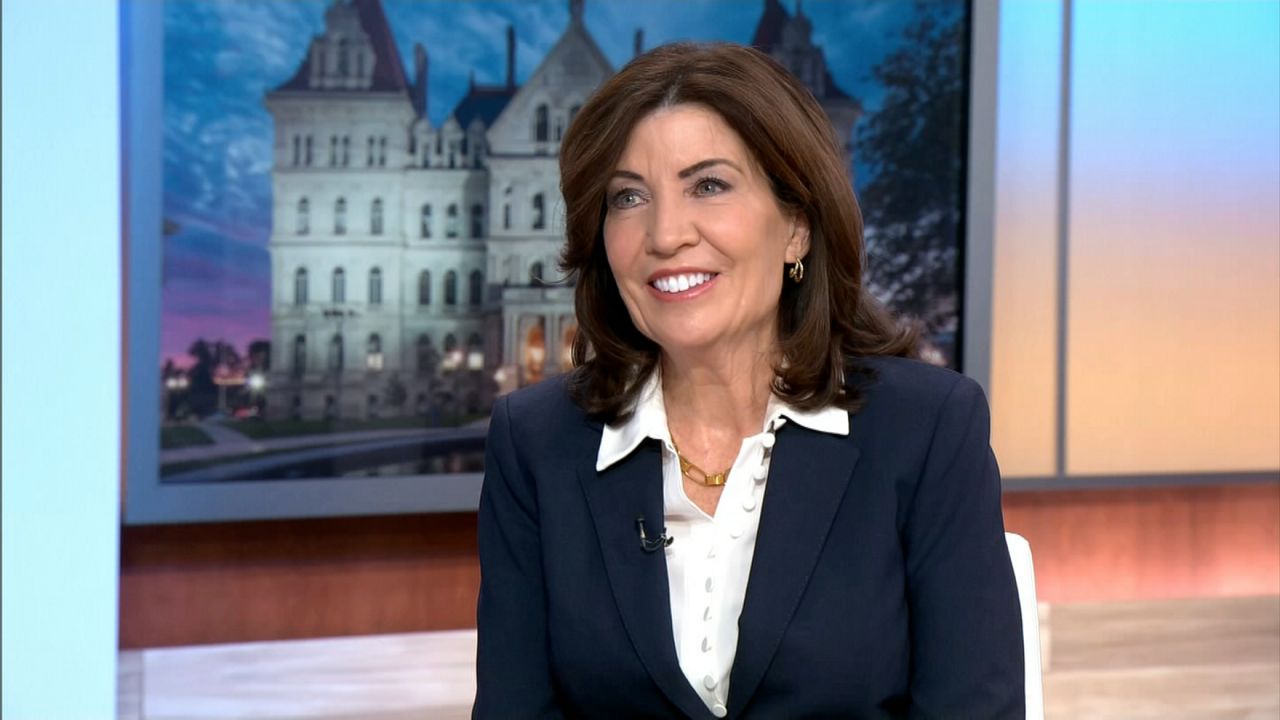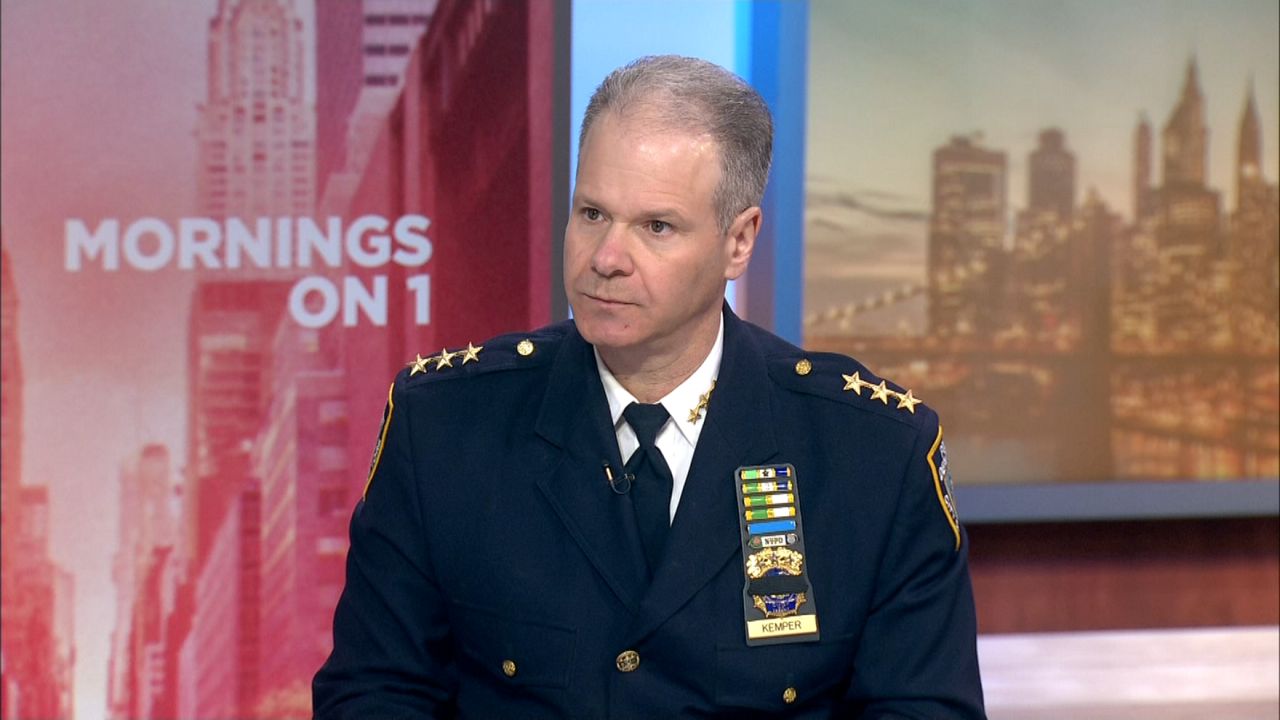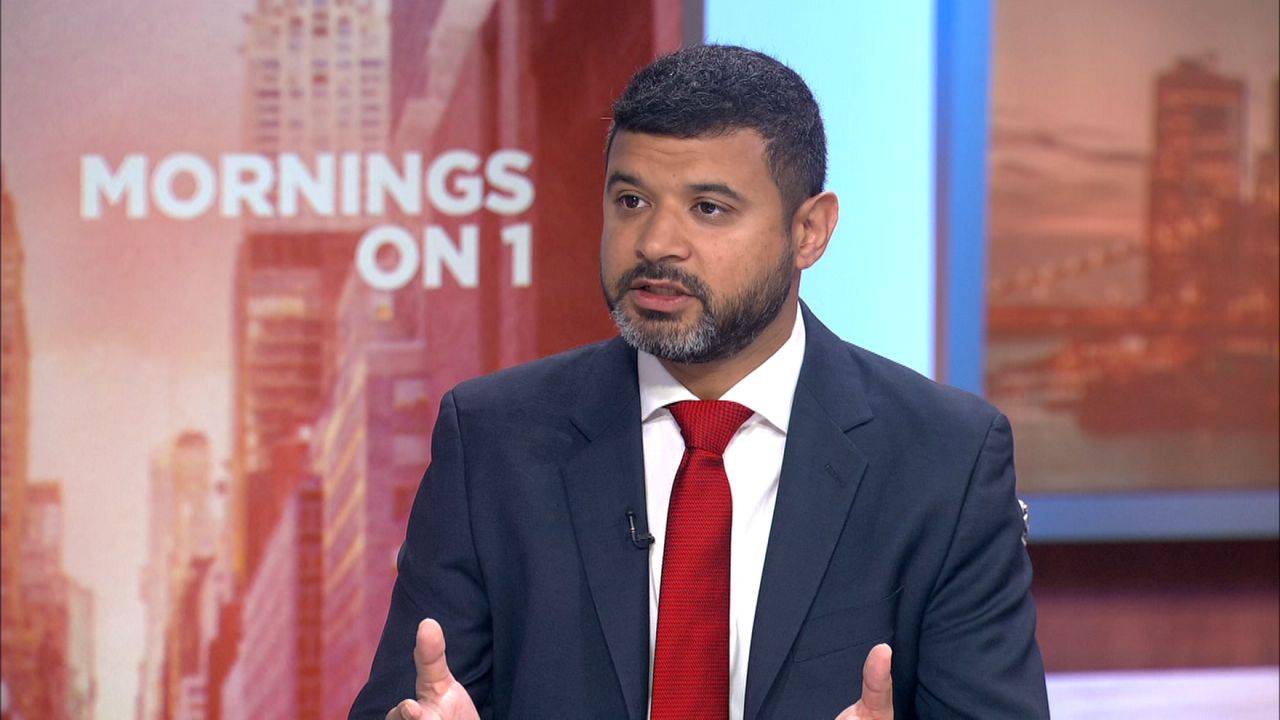A new report from state Comptroller Tom DiNapoli warns of significant financial challenges ahead for the MTA as it gets set to submit a five-year capital budget program to the state by Oct. 1.
With congestion pricing on hold indefinitely, DiNapoli predicts the MTA will not have enough funds to address current needs. He specifically points to a $15 billion gap in the 2020-2024 capital program, which he argues must be addressed before allocating funding for the 2025-2029 program.
"You need the money. You need the $15 billion to be dealt with. If you don’t want to have congestion pricing, what is the alternative? So, the real question right now is, what will backfill that $15 billion? The governor has said that she’s made a commitment that the revenue will be there. The problem is, the revenue hasn’t been identified,” DiNapoli said during an interview on “Mornings On 1” Thursday.
Congestion pricing is a policy that proposed tolling drivers a base fare of $15 to enter Manhattan below 60th Street. It was designed to generate at least $1 billion to fund the MTA capital plan.
The policy was originally scheduled to go into effect on June 30 but was paused indefinitely by Gov. Kathy Hochul in early June, citing high costs for everyday New Yorkers.
DiNapoli said that delays in resolving the funding gap caused by the congestion pricing pause could impact future projects and potentially increase the MTA’s debt burden.
“It really is urgent that the governor and the legislature work with the MTA, identify what the funding is going to be. We don't want to go backwards on having the MTA system be the state of poor repair. That's how we lose riders,” he said.
DiNapoli's report projects the potential costs of the MTA's next capital plan based on the agency's recent 20-Year Needs Assessment, which outlines significant infrastructure issues, including deteriorating power substations, maintenance yards, fiber optic cables, track switches, signals and maintaining trains and buses.
The report also considers potential costs for projects, such as the Interborough Express and the Second Avenue Subway, and offers some funding solutions, but notes it will be up to MTA stakeholders to make the final decision.
However, he stressed that without congestion pricing on the table, the MTA should focus funding on keeping the system in a state of good repair to boost ridership.
“One of the most important funding sources of the MTA is at the fare box, and we're not back to the ridership levels that we had pre-pandemic,” he said. “So if people feel the system is in a state of poor repair, and there are other issues of safety and concern there as well. That's just going to be a spiral going in a very negative direction.”









